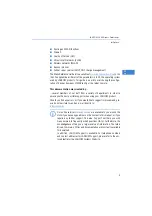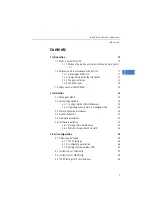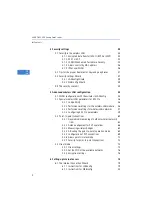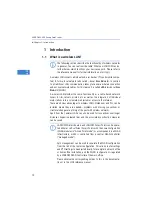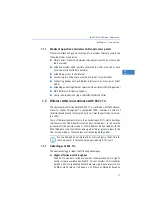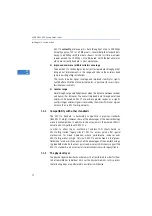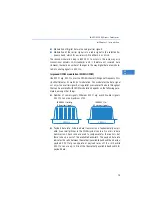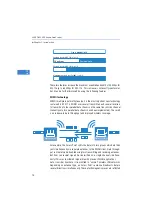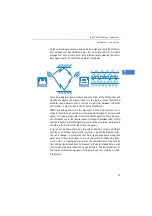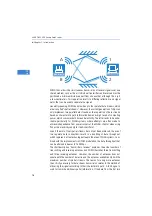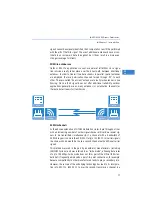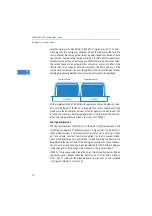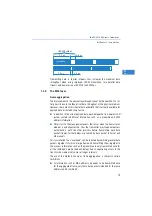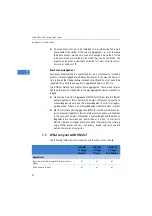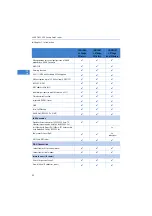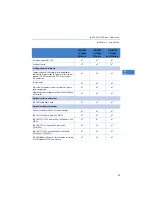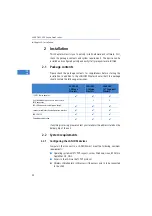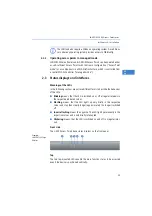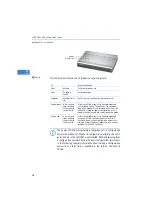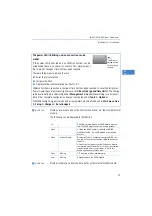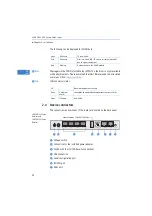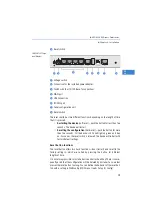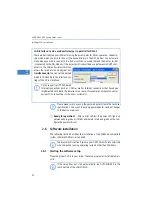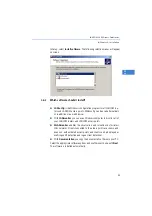
LANCOM L
-
300 Access Point series
Chapter 1: Introduction
19
EN
Transmitting data in shorter intervals thus increases the maximum data
throughput when using improved OFDM modulation, two parallel data
streams and transmission at 40 MHz to 300 Mbps.
1.2.4
The MAC layer
Frame aggregation
The improvements in the physical layer brought about by the new 802.11n ini-
tially describe only the theoretical data throughput of the physical medium.
However, the share of this theoretical bandwidth that is actually available for
payload data is limited by two factors:
in addition to the actual payload data, each data packet in a wireless LAN
system contains additional information such as a preamble and MAC
address information.
Time is lost to the management events that occur when the transmission
medium is actually accessed. Thus the transmitter must negotiate access
authorization with the other receivers before transmitting each data
packet (frame); further delays are caused by data packet collisions and
other events.
This loss, referred to as "overhead", can be reduced by combining several data
packets together to form one large frame and transmitting them together. In
this process, information such as the preamble are only transmitted once for
all the combined data packets and delays due to negotiating access to the
transmission medium only occur at longer intervals.
The use of this method, known as frame aggregation, is subject to certain
restrictions:
As information such as MAC address only needs to be transmitted once
for the aggregated frame, only those data packets intended for the same
address can be combined.
3,2 μs
0,8 μs
0,4 μs
OFDM Symbol
3,2 μs
Payload data

